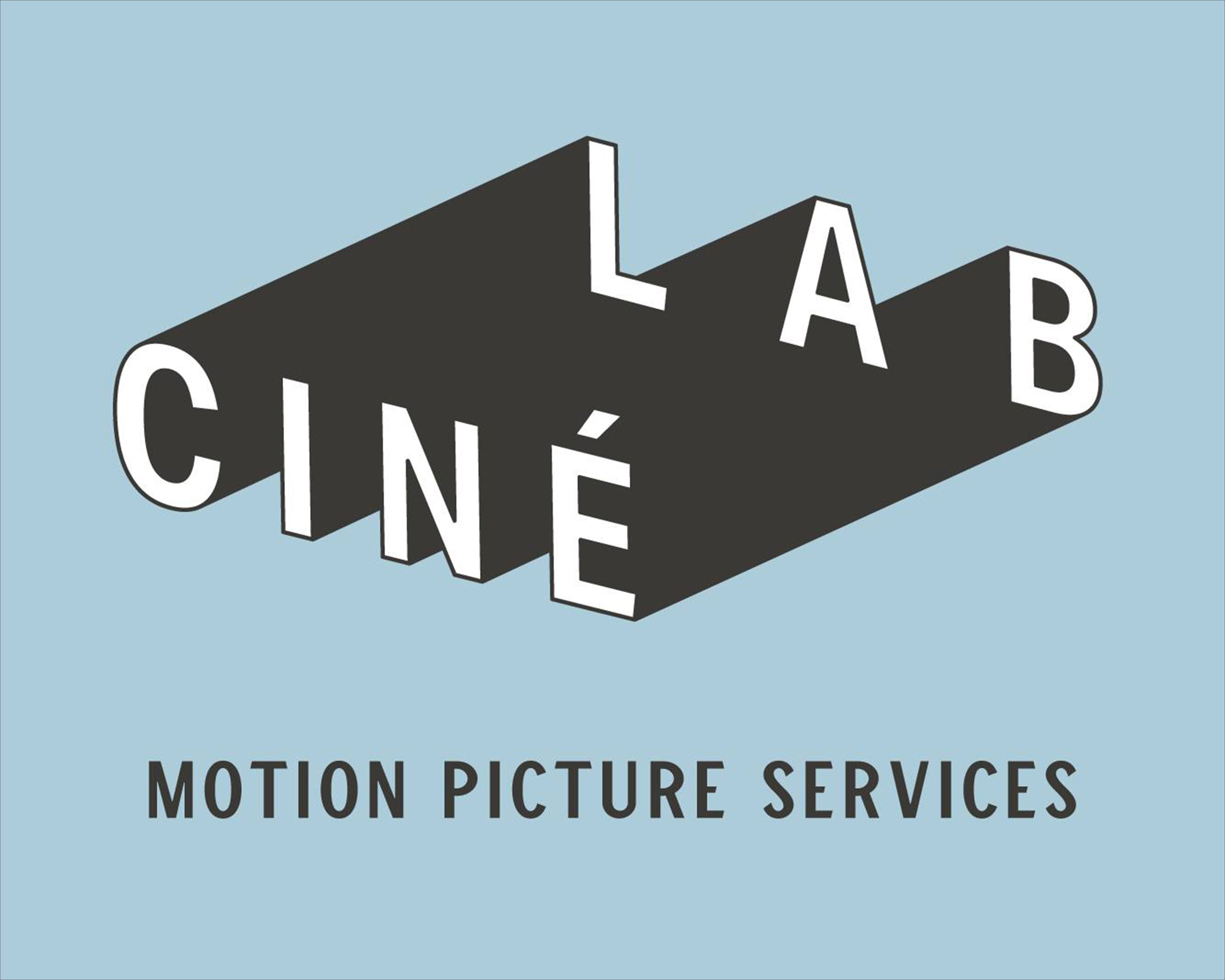Ok, ladies and gentlemen, let's try to make things clear.
When you heat a piece of iron, it first gets red, and, as long as you keep heating it, ie give more and more energy to it, it becomes "white", OK ?
That is, actually because, the more you heat it, the more energy you give it, the more powerfull the light emission becomes, and, therefore, its spectrum is strengthed in blue so that it looks more "white".
When you dim down an instrument, you actually lower the electric intensity in the lamp, you give less energy, and therefore, its emission becomes poorer in high energy emission (blue emission), and then becomes more redish, or warmer. You also lower it's lighting intensity.
The color temperature lowers because its temperature lowers.
Remember that the color temperature is the equivalent temperature one should elevate a ideal black body so that it gives the same visual/light emission.
a color temperature of 3200 K means that you should heat a black body up to 3200 K so it emits the same spectrum light. (you actually have to heat a tungsten lamp a bit upper than that, but not too much upper).
So, yes, the color temperature decreases as you dim down the light.
As for gels :
Yes, if you want to compensate for that color temperature loss, you should gel the light. But... don't forget that a 1/4 CTB (that converts let's say, a 2900K source to 3200 K - Md value : -35) cuts half a stop ; a half CTB (Md -78 ) one stop and a full CTB ( Md -137 ) 2 stops...




